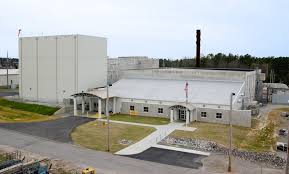
WASHINGTON — The U.S. Department of Energy might still be pursuing a potentially illegal policy of curtailing Defense Nuclear Facilities Safety Board (DNFSB) oversight of certain nuclear-weapon sites, a board member said this week.
The DNFSB held the meeting…